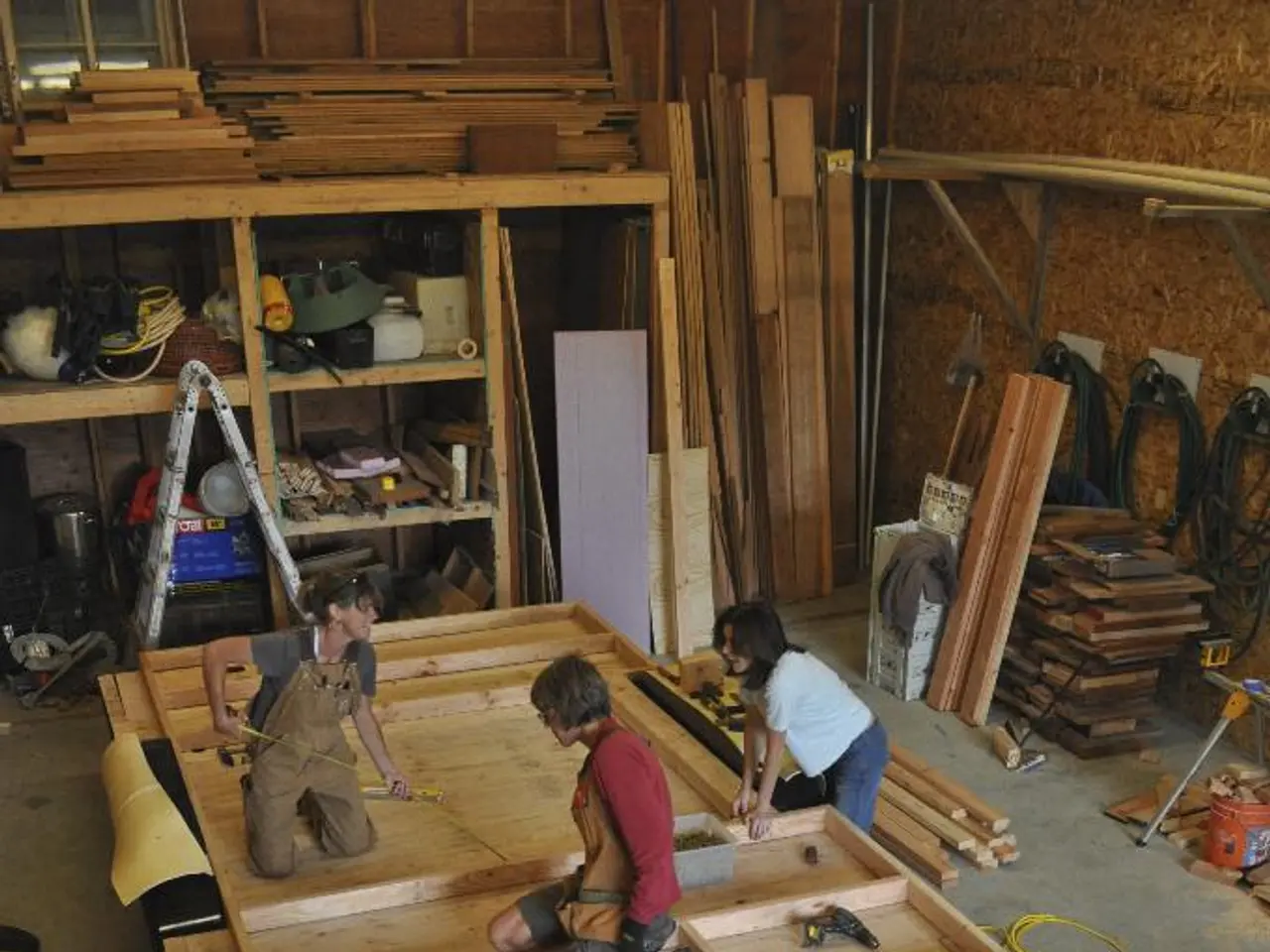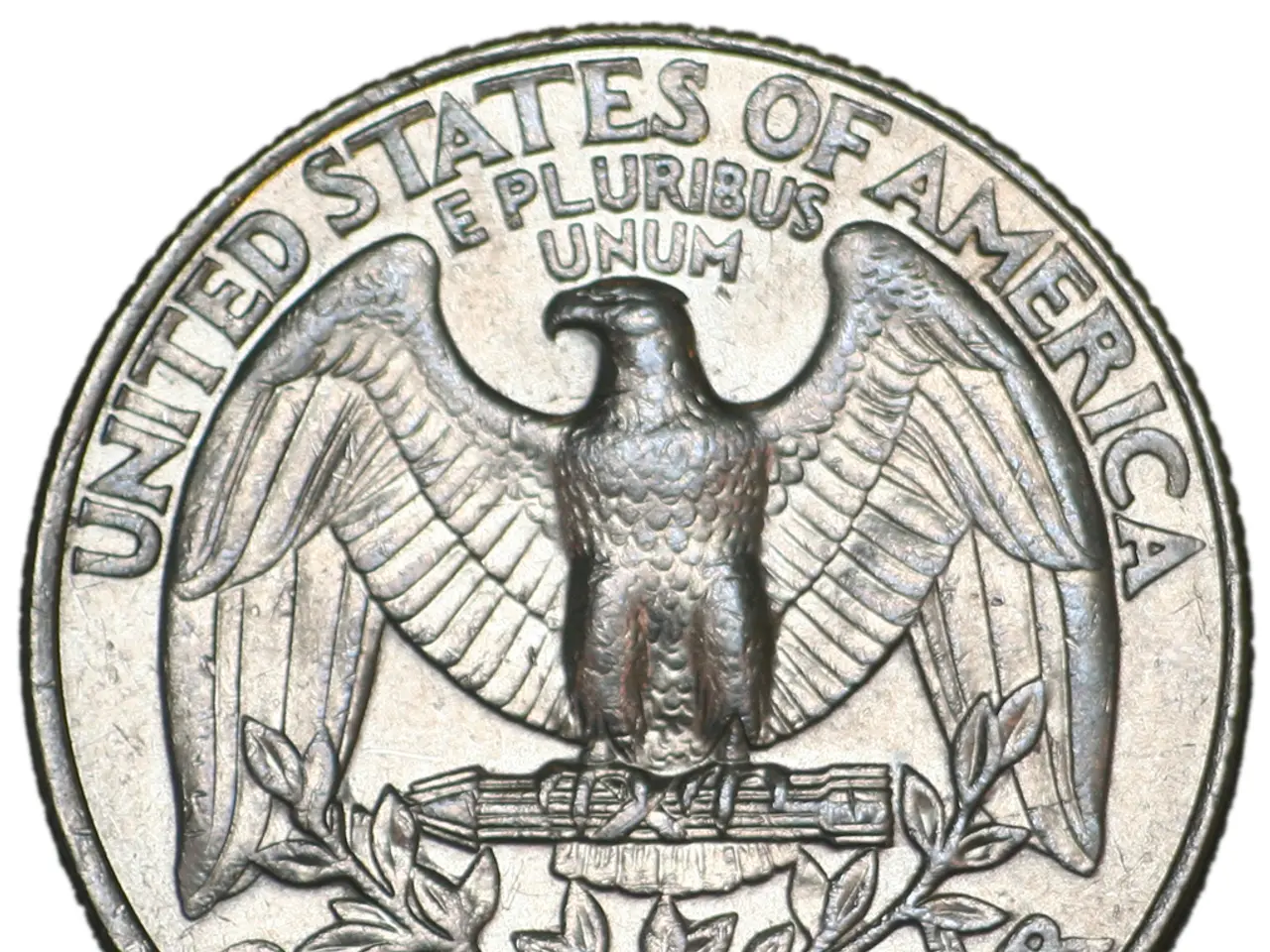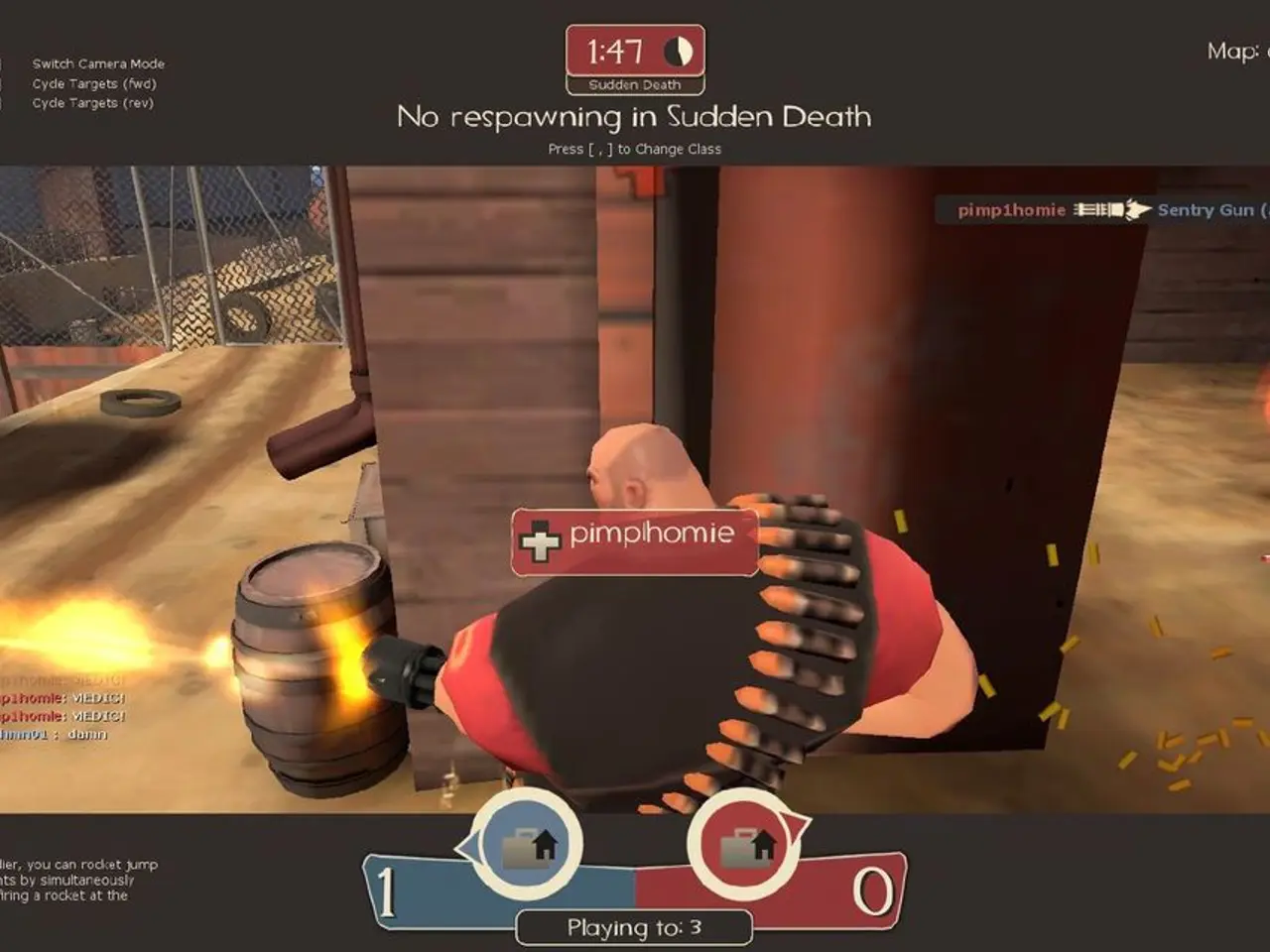Guide for Assembling a Crew for 3D Car Modeling Endeavors
In the digital age, three-dimensional automotive modeling has become a crucial aspect of various industries, from game development to car design. This article outlines the best practices for assembling a skilled team capable of delivering high-quality car models.
First and foremost, building a team requires expertise in relevant software tools. Maya, Blender, and Unreal Engine are essential for modeling, texturing, and integrating car models into digital environments. Finding candidates with proficiency in these tools is crucial. Assessing portfolios is key, focusing on detailed meshes made to the right CG size, proof of skill with Blender, Maya, or Photoshop tools, real use of HDRI lighting, evidence of edge extrusion methods, and flexibility in styles to fit various industries.
When starting a 3D car modeling team, high-performance hardware and equipment are essential. A high-performance GPU, multi-core CPU, HDRI image sets, Photoshop software, and large storage capacity are all crucial components.
Effective sourcing of qualified candidates or studios involves researching industry leaders, browsing portfolios showcasing work on game development and 3D cars, and utilizing design websites or professional forums. Setting project scope and requirements is also crucial, including defining main goals, listing deliverables, technical needs, hardware requirements, and estimating time.
Once the team is assembled, fostering collaboration is vital. Encourage a structured workflow beginning with gathering and sharing comprehensive references and concept art to maintain visual consistency and direction. Regular check-ins and honest, constructive feedback are critical to track progress, manage quality, and adjust techniques or tools as needed. Create a culture open to trial and error, understanding that challenges will arise in integrating design elements smoothly in 3D and game environments.
Promote collaboration through peer reviews and active communication to solve problems and refine models collectively. Support continuous learning by sharing tips and resources specific to tools like Blender and Unreal Engine, ensuring team members stay current with best techniques and software updates.
Finally, task assignments should be tailored based on individual expertise. From modeling, sculpting, texturing to environment setup, and real-time rendering in Unreal Engine, optimizing output quality and project efficiency is key.
Unreal Engine is used for rendering and creating dynamic, immersive worlds for the final product. Ensuring high-quality rendering involves focusing on using HDRI images and good CG lighting in Photoshop during pre-production, as well as utilizing Unreal Engine tutorials to balance shading and keep scenes running well when setting up models for video games.
In conclusion, these best practices balance technical skill development, teamwork, and project management to build a strong, versatile 3D team capable of delivering high-quality car models for various purposes, including games and interactive experiences. Whether you're hiring freelancers or a full agency, setting project scope, finding people, doing interviews, and setting milestones are all essential tips for a successful 3D car modeling project.
Gadgets such as high-performance Graphics Processing Units (GPUs) and multi-core Central Processing Units (CPUs) are integral to a 3D car modeling team, along with software tools like Maya, Blender, Unreal Engine, and Adobe Photoshop.
Incorporating artificial-intelligence techniques for visual effects or simulations within the car models could further enhance the quality of the final product, making the team's output more innovative and immersive.




